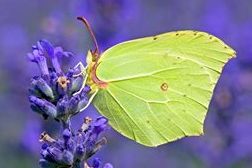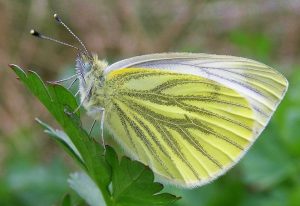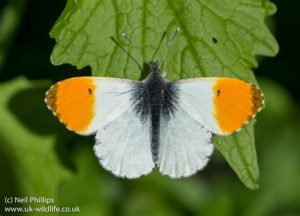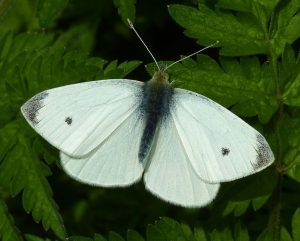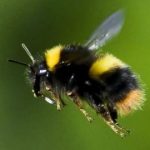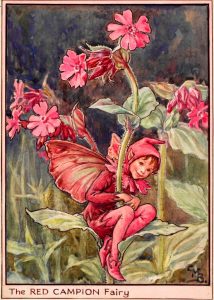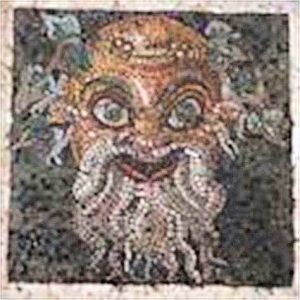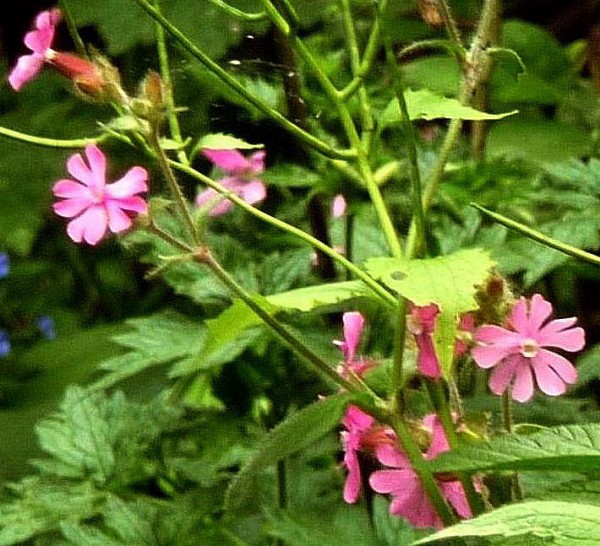CAMPION – RED (Silene dioica)
Europe
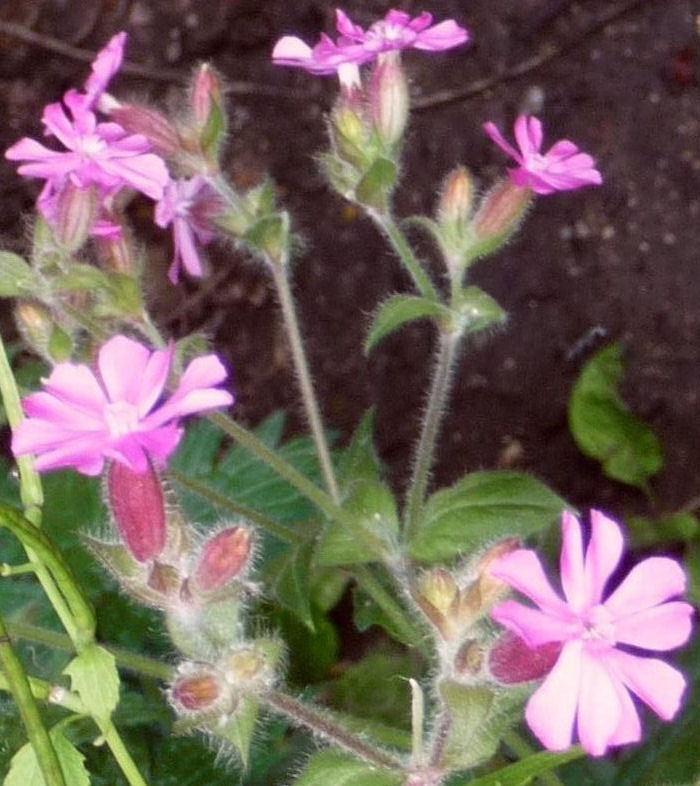 Red Campion is a delicate British wildflower that makes its appearance in springtime, just as the bluebells are finishing. Clumps of soft downy leaves give way to long stems, up to a metre in height. Flowers, unscented, are bright MAGENTA to REDDISH-PINK and unscented. Both stems and leaves are covered with soft down.
Red Campion is a delicate British wildflower that makes its appearance in springtime, just as the bluebells are finishing. Clumps of soft downy leaves give way to long stems, up to a metre in height. Flowers, unscented, are bright MAGENTA to REDDISH-PINK and unscented. Both stems and leaves are covered with soft down.
Flowers bloom from May to October.
‘ This perennial has carmine-pink flowers and is often seen growing along roads and hedges in the bluebell season.”
Val Bourne in The Telegraph
It has been introduced to Iceland, Canada, The U.S. and Argentina.
Bees Favourite
Red Campion is visited for its nectar by hoverflies, long-tongued bumblebees, butterflies (Brimstone, Green-veined White, Orange Tip & Small White) & several species of moth.
Traditional
Silene dioica is named for Silenus, Greek mythology’s drunken, merry god of the woodlands. ‘the old rustic god of the dance of the wine press, his names being derived from ‘seio’, ‘to move to and fro’, and ‘lenos’, ‘the wine trough’. www.theoi.com/Georgikos/Seilinos/html
“Red Campion, it seems, was known as a ‘snake plant’ and ‘of the devil’ or a goblin. Apparently, according to one ancient source, ‘wanton maids’ wore it under their bodice to entice young men!” Richard Meyers, Nature’s Forgotten Folklore: Myths and Magic in Islington, Islington Council
In folkore Red Campion flowers guard bees’ honey stores, as well protecting fairies from being discovered. Woodland Trust
Other Uses
The roots of Red Campion, because of their saponin content, make a soap substitute when simmered in hot water.
Edible
Red Campion leaves are an ingredient of pistic, a traditional spring dish eaten in Northern Italy.
Red Campion wine was made in 20th century Britain by boiling oranges, lemons, red campion flowers and leaves with barley and sugar.
Red Campion – A Foraging Guide to its Food and Medicine-Mozilla Firefox
Red Campion at Highbury
Our own Red Campion came from a wildflower sale at the Ecology Centre. It grows in Gillespie Park behind the Centre, at the foot of the rock garden by the small pools.
Other names: Adders Flower, ‘Blaa ny ferrishyn’ (Fairy Flower) on the Isle of Man, Blodyn Neidr (Wales), Brid een, Bull Rattle, Bull’s Eye, Catchfly, Cirean Coileach (in Gaelic), Cuckoo-Flower, Devil’s Flower, Dolly Winter, Drunkards, European Catchfly, Father-Die, Fingers and Thumbs, Fleabites, Gipsy Flower, Gramfer Jan, Gramfer Griggles, Jack in the Lantern, Johnny Woods, Kettle Smocks, Little Red Riding Hood, Mary Janes, Red Bird’s Eye, Red Catchfly, Red Jack, Red Mintchop, Red Robin, Robin Flower, Robin Hood, Robin-in-the-Hedge, Round Robin, Sarah Jones, Scalded Apples, Snakebite, Soldiers’ Buttons, Wake Robin.

